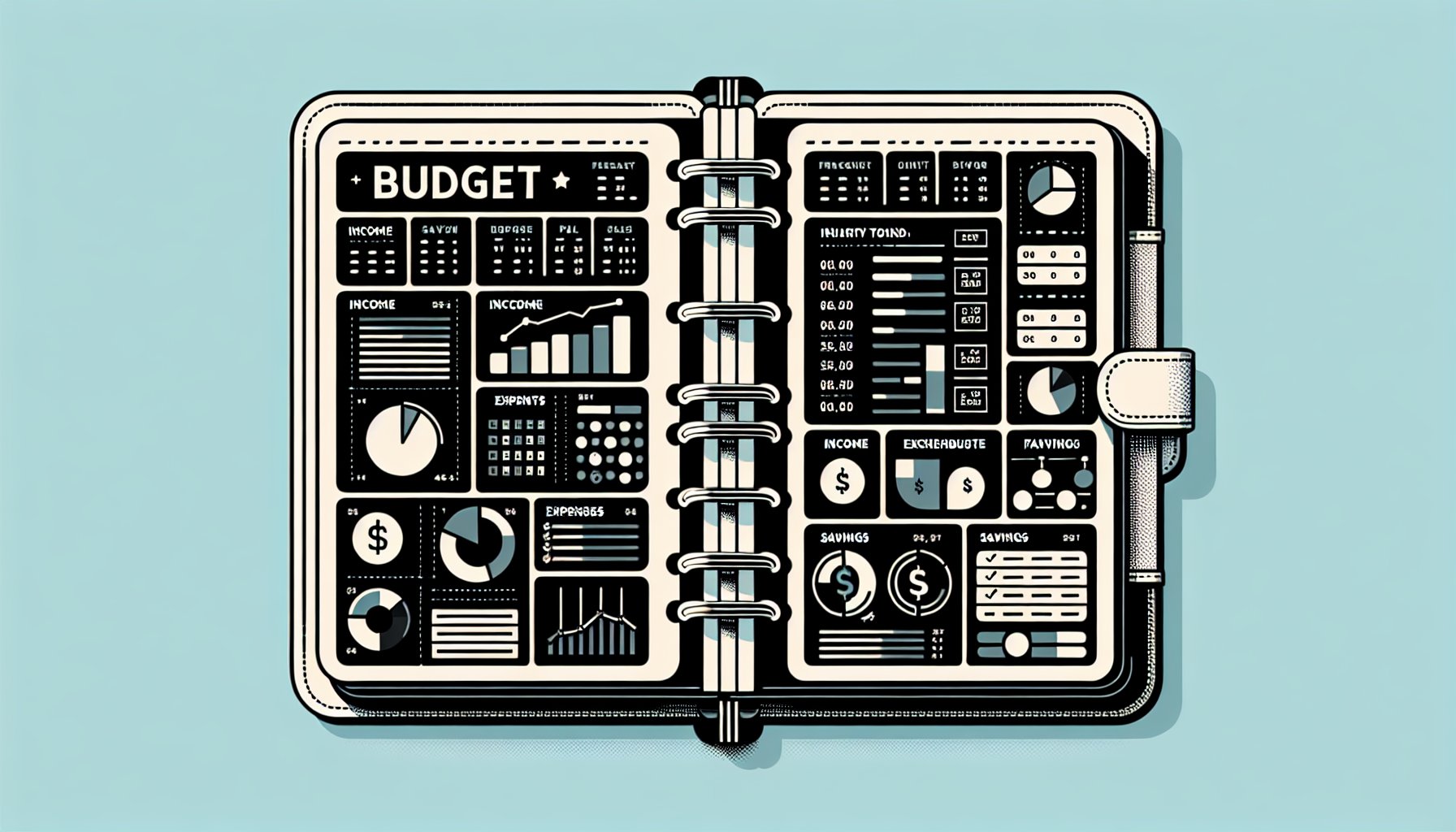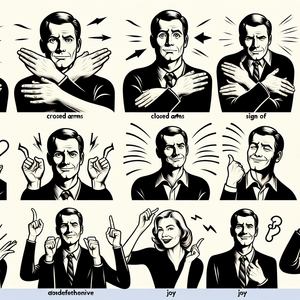Building a Portfolio as a Junior UI/UX Designer in a Remote World

A portfolio is not merely a collection of works; it serves as a professional calling card in the design world. It demonstrates your skills and creativity while telling your unique story as a designer. In a remote work environment, an online portfolio becomes even more critical, often acting as the first introduction you have with potential employers. A well-curated portfolio can help bridge the gap created by physical distance, allowing you to connect with recruiters and clients on a personal level. As junior designers navigate the competitive landscape of remote job opportunities, creating a standout portfolio can significantly enhance their visibility and appeal to hiring managers.
1. Choosing the Right Platform
The first step in building your portfolio is selecting the right platform. There are various options available, each offering unique features and advantages. Here are some popular choices: - **Behance and Dribbble**: These platforms are widely used by designers for showcasing their work. They allow for easy sharing and engagement with the design community, enabling you to gain visibility and feedback from peers. - **Personal Website**: Creating a personal website offers the most flexibility. You can tailor it to reflect your personal brand, showcase your work, and include detailed case studies that explain your design process. A personal website can also enhance your credibility and serve as a central hub for your online presence. - **GitHub Pages or CodePen**: For those with coding skills, these platforms can be used to display interactive projects and prototypes. This not only highlights your design abilities but also your technical skills, which can be particularly appealing to employers looking for well-rounded candidates.
2. Curating Your Work
When it comes to showcasing your work, quality trumps quantity. Here are some key strategies for curating your portfolio effectively: - **Select Diverse Projects**: Include a variety of projects that demonstrate your range of skills. This might encompass web design, app design, branding, and user research. Highlight projects that showcase your ability to solve different design problems, as this reflects your versatility as a designer. - **Focus on Process**: Instead of merely presenting final designs, include case studies that detail your design process. Discuss the challenges you faced, the research you conducted, and the solutions you implemented. This not only showcases your design skills but also your critical thinking and problem-solving abilities, which are essential in the UI/UX field. - **Highlight Collaborative Projects**: If you’ve worked in teams, emphasize your role and contributions. In remote work environments, collaboration is key, and demonstrating your ability to work effectively with others can set you apart from other candidates.
3. Seeking Feedback
Constructive feedback is crucial in the design process, and it can also help improve your portfolio. Here’s how to gather valuable input: - **Peer Reviews**: Reach out to fellow designers for reviews of your portfolio. They can provide insights into what works well and what can be improved, which is invaluable for refining your presentation and content. - **Mentorship**: If you have access to a mentor, seek their advice on your portfolio. Their industry experience can offer guidance on best practices and potential areas for improvement. - **Online Communities**: Engage in design communities on platforms like Slack, Discord, or LinkedIn. Sharing your portfolio and soliciting feedback not only helps you improve but also expands your network, which is beneficial in your job search.
4. Building an Online Presence
In addition to your portfolio, establishing a strong online presence is crucial for attracting potential employers: - **Social Media**: Utilize platforms like Instagram and Twitter to share your work and engage with the design community. Regularly post updates about your projects, design thoughts, or industry trends to showcase your expertise and passion for design. - **Blogging**: Consider starting a blog to share your insights on UI/UX design. Writing about your experiences, the design process, or reviewing design tools can position you as a thought leader in the field, enhancing your credibility and visibility. - **Networking**: Attend virtual design meetups or webinars to connect with other professionals. Networking can lead to opportunities and collaborations that enrich your portfolio and help you stay informed about industry trends.
Building a portfolio as a junior UI/UX designer in a remote world may come with its challenges, but it also presents unique opportunities to showcase your skills and creativity. By selecting the right platform, curating your work thoughtfully, seeking feedback, and establishing an online presence, you can create a portfolio that not only captures attention but also opens doors to exciting career opportunities. Remember, your portfolio is a reflection of your journey as a designer—make it engaging, authentic, and a true representation of your capabilities. In a competitive job market, investing time and effort into building a standout portfolio can significantly enhance your chances of landing coveted junior UI/UX designer roles in a remote world.
Junior UI/UX Designer
Tech startups, digital agencies, and e-commerce companies
Responsibilities
Collaborate with senior designers to create user-centered designs for web and mobile applications.
Conduct user research and usability testing to gather insights and improve design solutions.
Develop wireframes, prototypes, and high-fidelity mockups to communicate design concepts effectively.
Required Skills
Proficiency in design tools such as Sketch, Figma, or Adobe XD.
Understanding of basic HTML/CSS is a plus.
Strong communication skills and the ability to articulate design rationale.
UI/UX Researcher
Large technology firms, product development companies, and consulting agencies
Responsibilities
Conduct qualitative and quantitative research to understand user behavior and needs.
Analyze data to identify user pain points and opportunities for design improvements.
Collaborate with designers and product teams to translate research findings into actionable insights.
Required Skills
Experience with research methodologies (surveys, interviews, usability testing).
Familiarity with analytics tools such as Google Analytics or Hotjar.
Excellent analytical and critical thinking skills.
Interaction Designer
Software development companies, gaming studios, and mobile app developers
Responsibilities
Design interactive elements for applications and websites to enhance user experience.
Create user flows, wireframes, and prototypes to illustrate how users will interact with products.
Work closely with developers to ensure designs are implemented accurately and effectively.
Required Skills
Strong knowledge of interaction design principles and best practices.
Proficiency in prototyping tools like InVision or Axure.
Ability to think creatively and solve complex design problems.
Visual Designer
Marketing agencies, media companies, and tech startups
Responsibilities
Develop visually appealing designs that align with brand guidelines and user needs.
Create graphics, icons, and other visual elements for web and mobile platforms.
Collaborate with UX designers to ensure a cohesive look and feel across products.
Required Skills
Proficiency in Adobe Creative Suite (Photoshop, Illustrator, etc.) or similar design software.
Strong understanding of color theory, typography, and composition.
Attention to detail and a passion for aesthetics.
UX Content Strategist
E-commerce brands, digital marketing agencies, and product companies
Responsibilities
Develop content strategies that enhance user experience across digital platforms.
Collaborate with designers and product teams to ensure content aligns with user needs and brand voice.
Conduct content audits and user testing to evaluate the effectiveness of copy and messaging.
Required Skills
Strong writing and editing skills, with a keen eye for detail.
Understanding of UX principles and content management systems (CMS).
Ability to work collaboratively in a cross-functional team environment.


